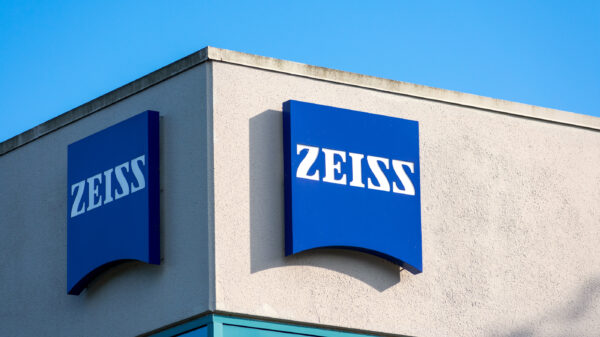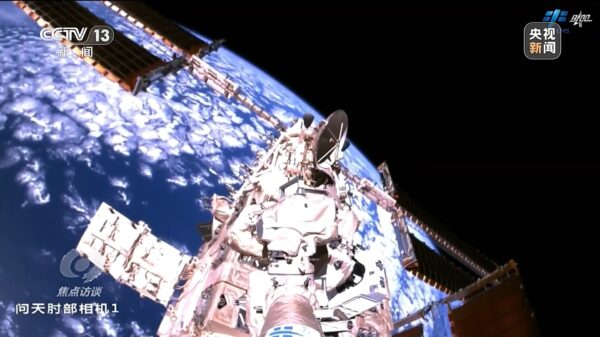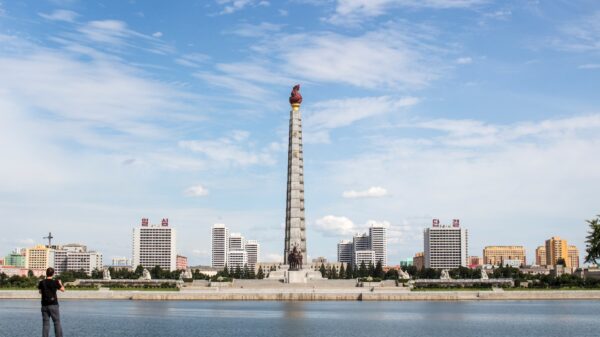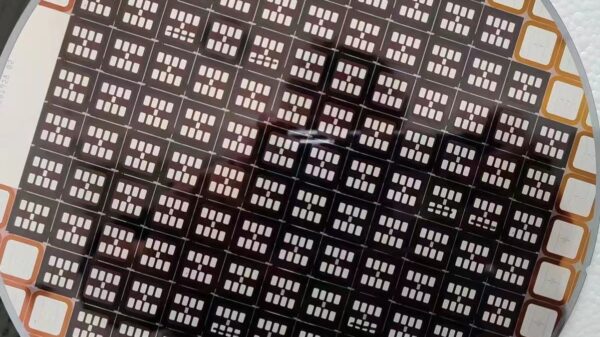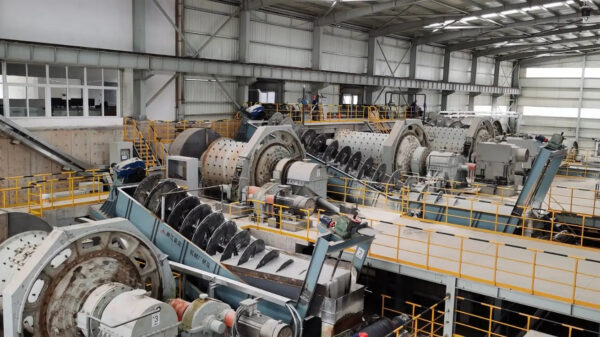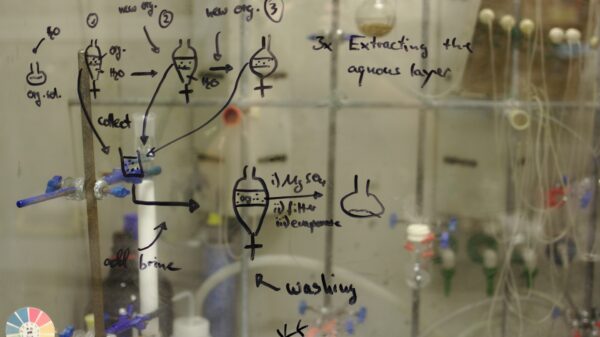Despite the harsh economic sanctions enforced by Japan against Russia in the wake of its incursion into Ukraine, the trade of Japanese-produced semiconductors to Russia persists, unfettered, largely via intermediary nations like China. Such complex trade routes circumvent Japan's stringent laws that regulate direct exports, implying that a more comprehensive strategy is required to stem this technological supply.
An investigative report by Nikkei Asian Review indicates that the US and Japan uphold equivalent economic restrictions against Russia. However, Russian customs data collated by Indian research firm Export Genius unveil an intriguing aspect of the bilateral trade. An examination. . .









